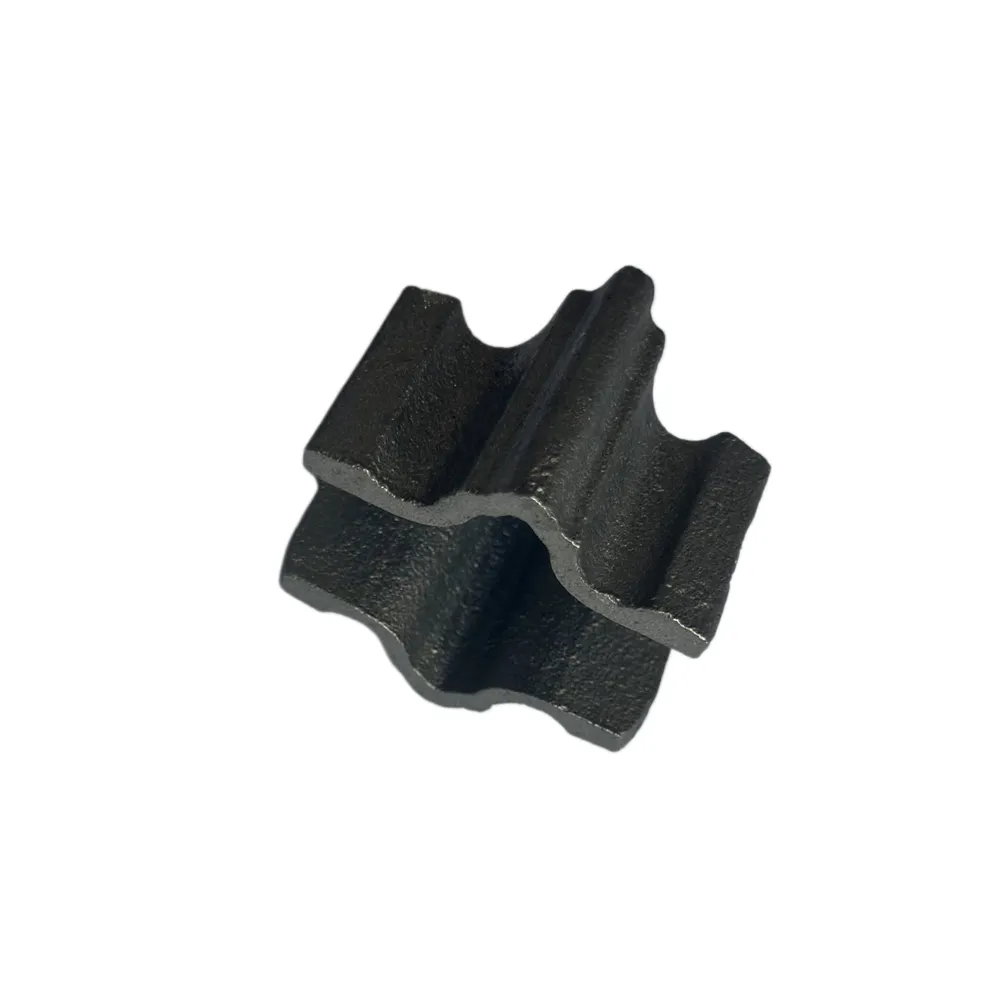ornamental cast iron panels
The Artistry of Ornamental Cast Iron Panels
Ornamental cast iron panels are more than just functional architectural elements; they are a testimony to artistic craftsmanship and rich historical significance. Originating in the 19th century, these panels were prevalent in the construction of buildings, bridges, and fences, primarily during the Victorian era, as iron became a popular material due to its strength and malleability.
The manufacturing process of cast iron panels involves pouring molten iron into molds. This method allows for intricate designs that can include floral motifs, geometric patterns, and other decorative elements. Every panel is unique, capturing the essence of the period's artistic vision. These ornamental panels were often used to adorn storefronts, railings, balconies, and gates, contributing to the architectural beauty of urban landscapes.
One of the most alluring aspects of ornamental cast iron panels is their versatility. They can seamlessly blend into various architectural styles, from Gothic to Art Deco. Their ability to enhance the aesthetics of any structure makes them an evergreen choice among architects and designers. Cast iron's durability ensures that these exquisite pieces withstand the test of time, often aging gracefully with a rustic patina that adds character.
Historically, ornamental cast iron panels were indicative of wealth and status. Buildings featuring these elaborate designs often belonged to affluent individuals or institutions, signifying prosperity and elegance. In many cities, these panels are considered heritage elements, reflecting the local craftsmanship and the socio-economic conditions of the time. Restoration and preservation efforts have gained momentum in recent years, with many cities recognizing the cultural importance of these structures.
ornamental cast iron panels

Furthermore, the revival of interest in industrial and vintage aesthetics has brought ornamental cast iron panels back into popular demand. Designers are now incorporating these pieces into modern homes, restaurants, and public spaces, creating a juxtaposition between contemporary and classic design. Using them as wall art, room dividers, or decorative accents can infuse a space with history and charm.
The aesthetic appeal of ornamental cast iron panels is complemented by their practical benefits. They provide security without sacrificing beauty. In commercial properties, they act as deterrents while still maintaining an inviting atmosphere. Additionally, their ability to endure harsh weather conditions makes them suitable for outdoor use, where they can enhance the charm of gardens, parks, and public squares.
While the traditional use of ornamental cast iron panels continues, artisans and manufacturers are now exploring innovative methods to integrate these panels into modern design. This includes laser-cut techniques and combinations with other materials, expanding the possibilities for customization. The fusion of old-world craftsmanship with modern technology can lead to unique works of art, appealing to a new generation of homeowners and designers alike.
In conclusion, ornamental cast iron panels represent a unique intersection of art, history, and functionality. Their enduring appeal lies in their intricate designs and the stories they tell. As urban spaces continue to evolve, these panels remain a cherished element, reminding us of our architectural heritage while inspiring contemporary creativity. Whether used in grand commercial buildings or intimate residential spaces, ornamental cast iron panels will forever hold a place in the heart of architectural elegance.
-
Wrought Iron Components: Timeless Elegance and Structural StrengthNewsJul.28,2025
-
Window Hardware Essentials: Rollers, Handles, and Locking SolutionsNewsJul.28,2025
-
Small Agricultural Processing Machines: Corn Threshers, Cassava Chippers, Grain Peelers & Chaff CuttersNewsJul.28,2025
-
Sliding Rollers: Smooth, Silent, and Built to LastNewsJul.28,2025
-
Cast Iron Stoves: Timeless Heating with Modern EfficiencyNewsJul.28,2025
-
Cast Iron Pipe and Fitting: Durable, Fire-Resistant Solutions for Plumbing and DrainageNewsJul.28,2025
-
 Wrought Iron Components: Timeless Elegance and Structural StrengthJul-28-2025Wrought Iron Components: Timeless Elegance and Structural Strength
Wrought Iron Components: Timeless Elegance and Structural StrengthJul-28-2025Wrought Iron Components: Timeless Elegance and Structural Strength -
 Window Hardware Essentials: Rollers, Handles, and Locking SolutionsJul-28-2025Window Hardware Essentials: Rollers, Handles, and Locking Solutions
Window Hardware Essentials: Rollers, Handles, and Locking SolutionsJul-28-2025Window Hardware Essentials: Rollers, Handles, and Locking Solutions -
 Small Agricultural Processing Machines: Corn Threshers, Cassava Chippers, Grain Peelers & Chaff CuttersJul-28-2025Small Agricultural Processing Machines: Corn Threshers, Cassava Chippers, Grain Peelers & Chaff Cutters
Small Agricultural Processing Machines: Corn Threshers, Cassava Chippers, Grain Peelers & Chaff CuttersJul-28-2025Small Agricultural Processing Machines: Corn Threshers, Cassava Chippers, Grain Peelers & Chaff Cutters












